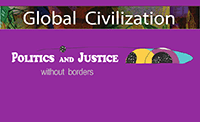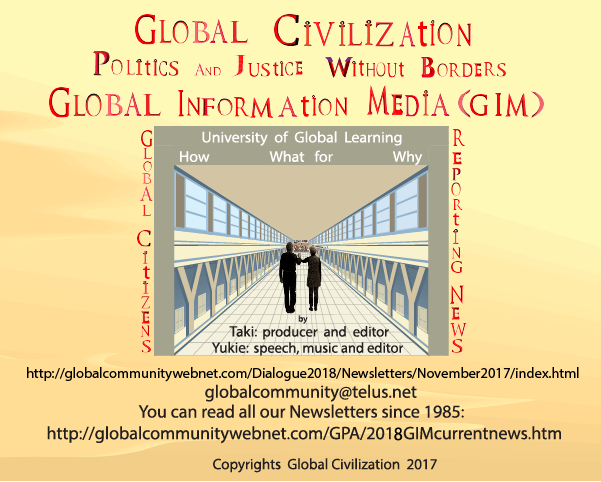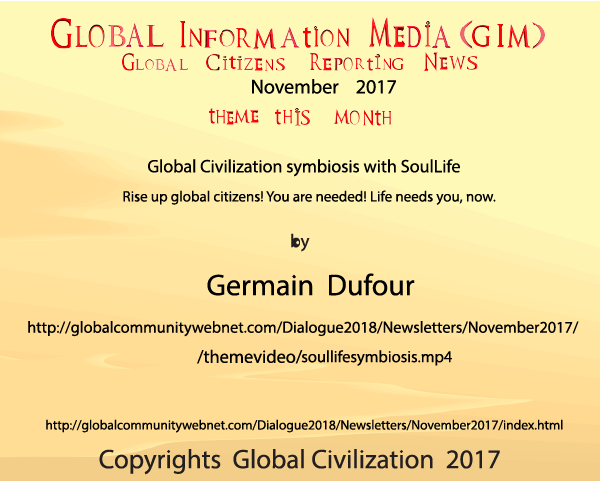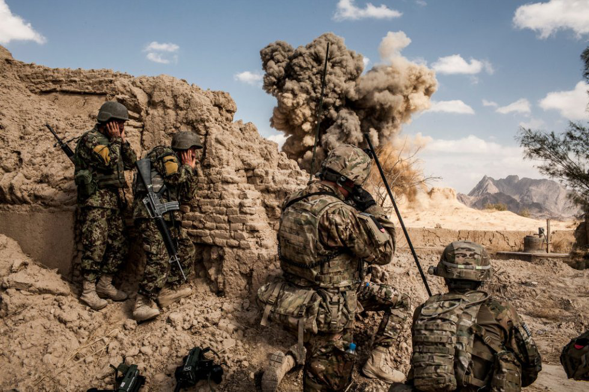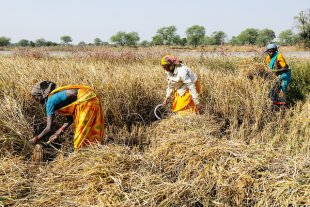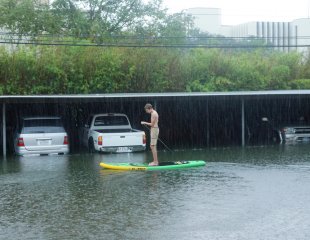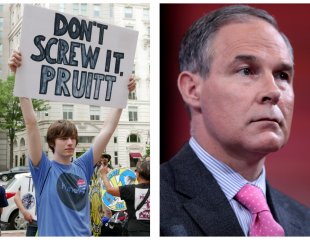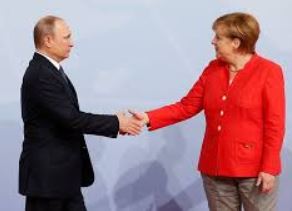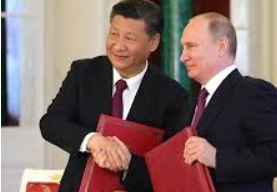Nazi Germany's aggression towards the Soviet Union inflicted at least 27 million deaths during the 1941-45 war; Germany was likewise laid to ruins, with up to six million of its military personnel — some 90 percent of its total war losses — killed by the resurgent Soviet forces.
Death, disease, destitution and mass starvation scarred both nations. More than any other country, Russia and Germany know the full horror and suffering of war. Therefore, it is incumbent on both to do everything to ensure that such violence should never be repeated.
This week, Germany's ambassador to Russia, Rudiger von Fritsch renewed the bond of friendship between the two nations. In a meeting with Konstantin Kosachev, the head of the Russian Upper Parliament's Foreign Affairs Committee, the German envoy said: "There is no alternative to good relations between Russia and Germany."
He added that Germany and Russia "share responsibility for the destiny of the Eurasian continent".
A truer word could not be spoken.
However, there is a special onus on Germany to find its independence in foreign policy and to build a strategic partnership with Russia. Not only for the sake of Germany, but for the European Union and the wider Eurasian continent.
To be blunt, Germany has for too long allowed its natural relations with Russia to become warped under the sway of an overbearing transatlantic dominance by Washington.
Recall that when the US-led NATO alliance was formed in 1949, its first general secretary, Britain's Lord Ismay, candidly described the purpose of the organization thus: "To keep the Soviet Union out, the Americans in, and the Germans down."
This mentality of divide-and-rule has served well an Anglo-American agenda of giving Washington an overweening presence and role in determining European affairs, in particular in the latter's relations with Moscow.
But Europe has paid a heavy price for its transatlantic thrall to Washington.

